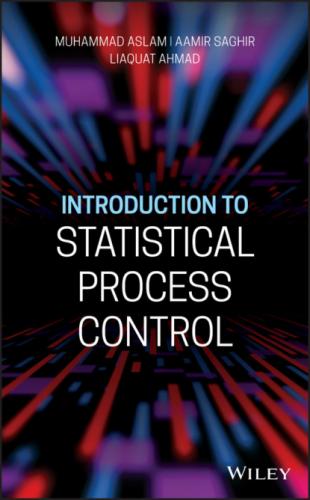Example 1.2
The weights of nine items selected from the assembly line are given as
24.3, 24.9, 23.6, 25.1, 26.7, 22.0, 21.8, 23.4, and 20.8. Calculate median of the weights.
Arranging the values in ascending order
20.8, 21.8, 22.0, 23.4, 23.6, 24.3, 24.9, 25.1, and 26.7.
In case of even number of observations, the median is defined as the mean of the two most middle values.
Example 1.3
The weights of 10 items selected from the assembly line are given as
24.3, 24.9, 23.6, 25.1, 26.7, 22.0, 21.8, 23.4, 24.1, and 20.8. Calculate median of the weights.
Arranging the values in ascending order
20.8, 21.8, 22.0, 23.4, 23.6, 24.1, 24.3, 24.9, 25.1, and 26.7.
The median for grouped may be defined as
where l is the lower class boundary of the median class and c is the cumulative frequency.
The family of median consists of partitioning of observations into different parts. As median is defined as the value that divides the data into 2 equal parts, the observations may be divided into 4, 10, or 100 equal parts. These measures are known as the quantiles. When data are divided into four parts, then it is called quartiles. Upper and lower quartiles or Q1 and Q3 may be defined as
and
The decile is defined as the value that divides the data into 10 equal parts.
The other values of deciles can be calculated accordingly as the subscript is multiplied with the numerator. For example, the sixth decile may be calculated as
The percentiles may be defined as the value that divides the data into 100 equal parts:
The other values of percentiles can be calculated accordingly as the subscript is multiplied with the numerator. For example, the 70th percentile may be calculated as
The formula for the grouped data can be constructed accordingly.
iii) The Mode
The mode is defined as the most repeated value in any data set. It is denoted by
The mode for the grouped data may be calculated as
iv) The Range
The range is defined as the difference between the maximum value and the minimum value of the data set:
or
The range for the grouped data may be calculated as
v) The Quartile Deviation
The quartile deviation is defined as the half of the difference between the third and the first quartiles of the data set. The formula for the quartile deviation is defined as
It is to be noted that all the measures of dispersion are positive.
The coefficient of QD can be calculated as
vi) The Mean Deviation
The mean deviation is defined as the average of the deviations from the mean or median; the deviations are taken without algebraic sign. So the average deviation calculated from mean is known as the mean deviation from mean and is defined as
And the mean deviation from median and is defined as
And for the grouped data these measures can be defined as
And the mean deviation from median and is defined as
The coefficient of MD is defined as
It
